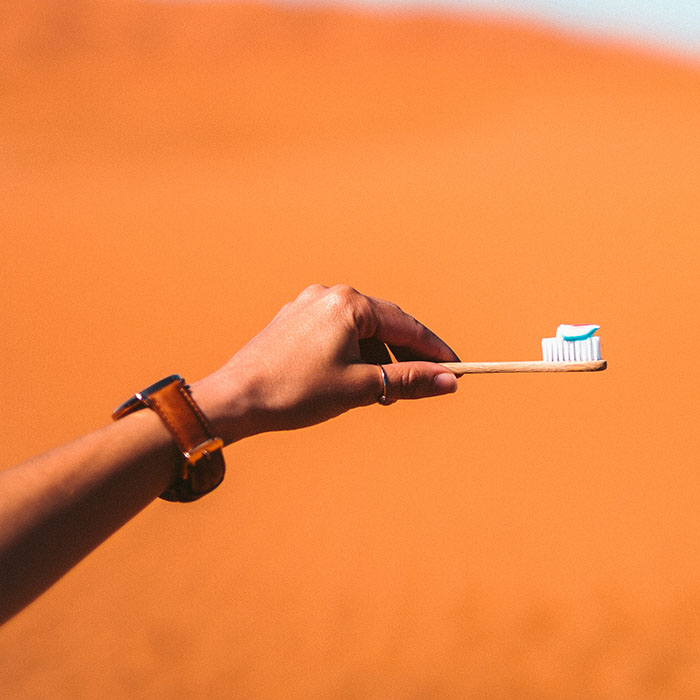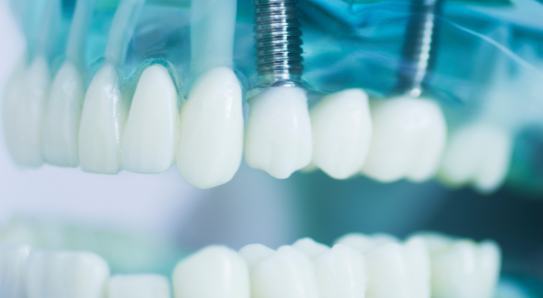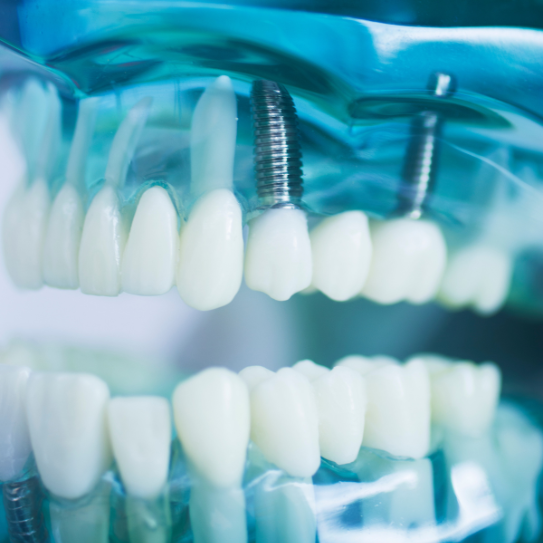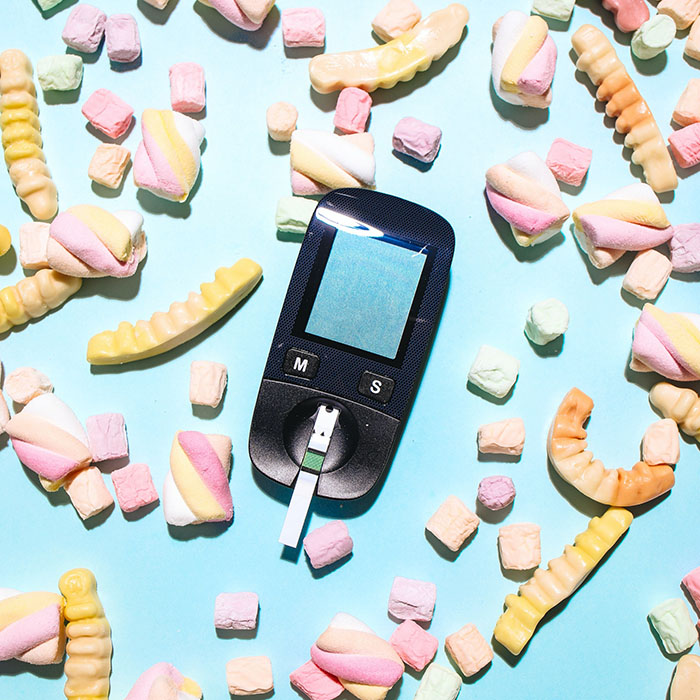
IN ORDER TO EARN the ADA’s Seal of Acceptance, a tube of toothpaste must contain fluoride and must NOT contain sugar. Trace amounts of fluoride have been added to drinking water across the country for the better part of a century to prevent cavities. The history of fluoride’s connection to public dental health is a fascinating one.
Natural Fluoridation in Colorado Springs
Local dentists in early 1900s Colorado Springs began to notice a strange pattern in their patients’ teeth. Many of them had something they called “Colorado brown stain” without having tooth decay. Today, we understand that condition to be fluorosis, a condition caused by too much fluoride exposure while the adult teeth are developing. Locals were getting it because of the high levels of naturally-occurring fluoride in the water supply.
Dentists wanted to find out if there was a way to keep the cavity-preventing qualities of fluoride without the teeth-staining effect. The test case was Grand Rapids, Michigan, where fluoride was added to the drinking water. Over the next few years, the rate of childhood tooth decay plummeted by a whopping 60% with only a few mild cases of fluorosis and no other adverse effects. This was huge.
Modern Water Fluoridation
After the success of fluoridated drinking water in Grand Rapids, communities across the country adopted fluoridated drinking water, and the CDC counts it as one of the top ten greatest public health achievements of the 20th century. Today, over half of American communities get the dental health benefits of fluoridated drinking water. It might not make a huge difference in the dental health of someone who can afford regular dentist visits, but it’s a game-changer for poor communities.
It might seem odd that adding fluoride to water could make such a difference, but it’s similar to the way we add iodine to salt in order to prevent goiters, bake with enriched flour to help digestion, and drink milk with added vitamin D to prevent childhood rickets.
Finding the Goldilocks Zone of Fluoride
The fluorosis of Colorado brown stain proved that too much fluoride is a bad thing, but no fluoride at all leaves teeth vulnerable to decay. The CDC recommended level of fluoride in drinking water is 1.2 parts per million. That’s a tiny amount, but it makes a huge difference for dental health. However, to prevent fluorosis, parents should be careful to only use small amounts of fluoride toothpaste to clean the teeth of their babies and toddlers, and everyone should spit it out rather than swallow it.
What Does Fluoride Actually Do for Our Teeth?
So what makes fluoride so good at preventing cavities? It’s actually a key building block in tooth enamel. When we eat and drink a lot of sugary or acidic things, minerals are pulled out of our tooth enamel, weakening it and leaving it vulnerable to erosion. Preventing demineralization is why it’s important to limit sugar consumption, but we can fight for our teeth on the other side of the equation with remineralization by brushing with fluoridated toothpaste and drinking fluoridated water.
Come to Us With Questions About Fluoride!
To learn more about the role of fluoride in toothpaste or drinking water, don’t hesitate to ask us or check out sources like the ADA or CDC. We want to make sure our patients have all the information they need to feel confident in their dental care and to understand why we put so much emphasis on daily dental hygiene habits.











